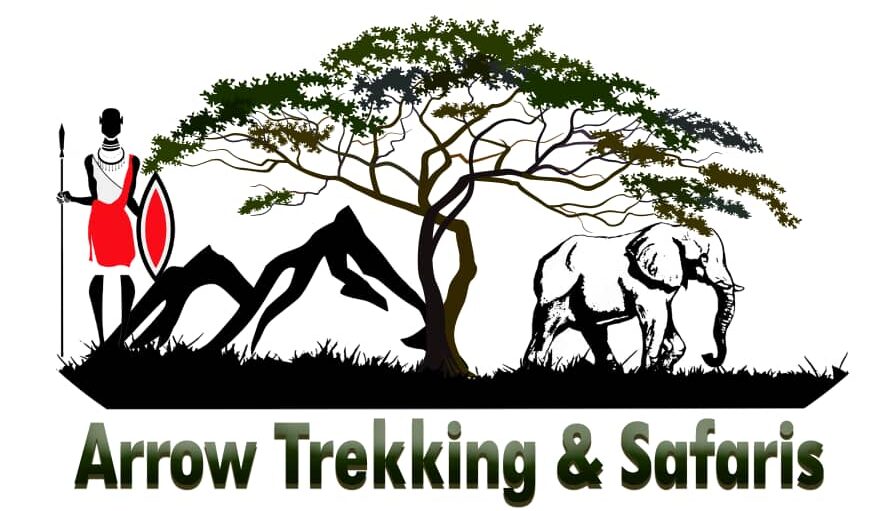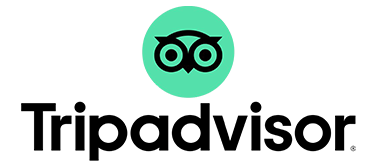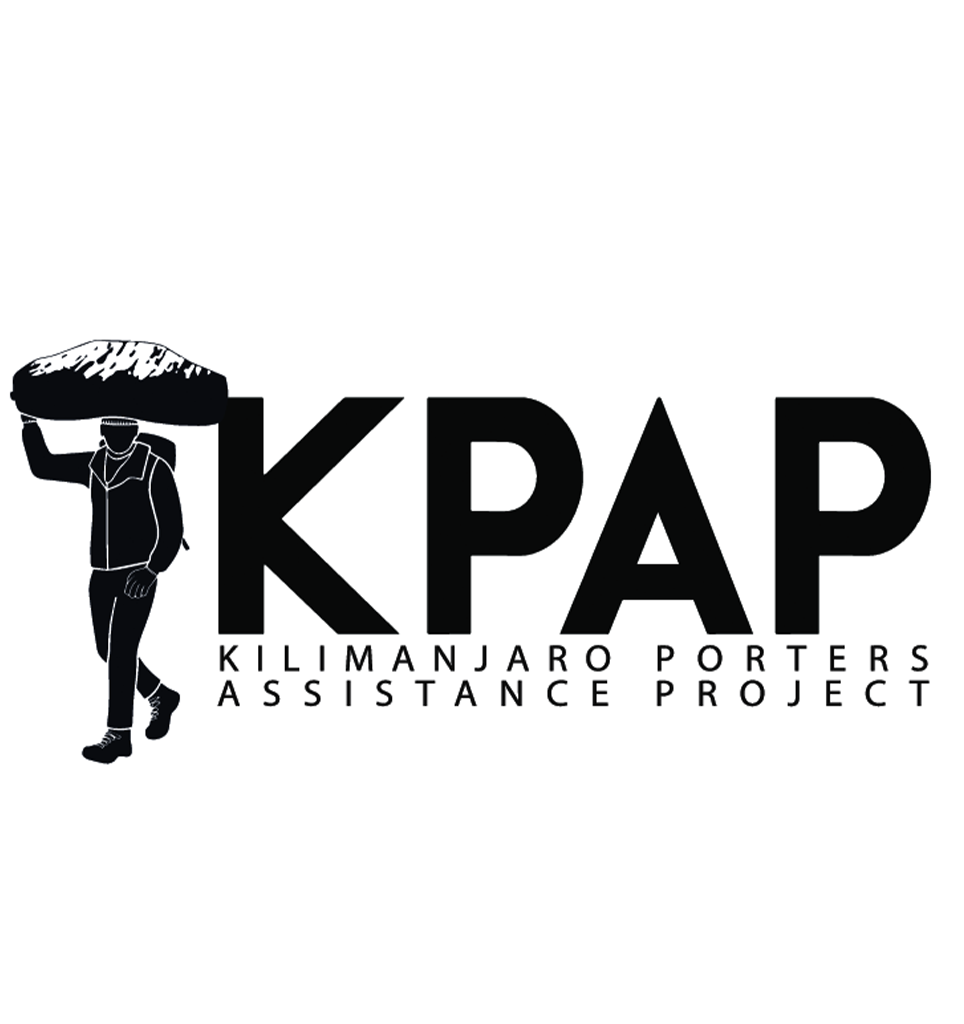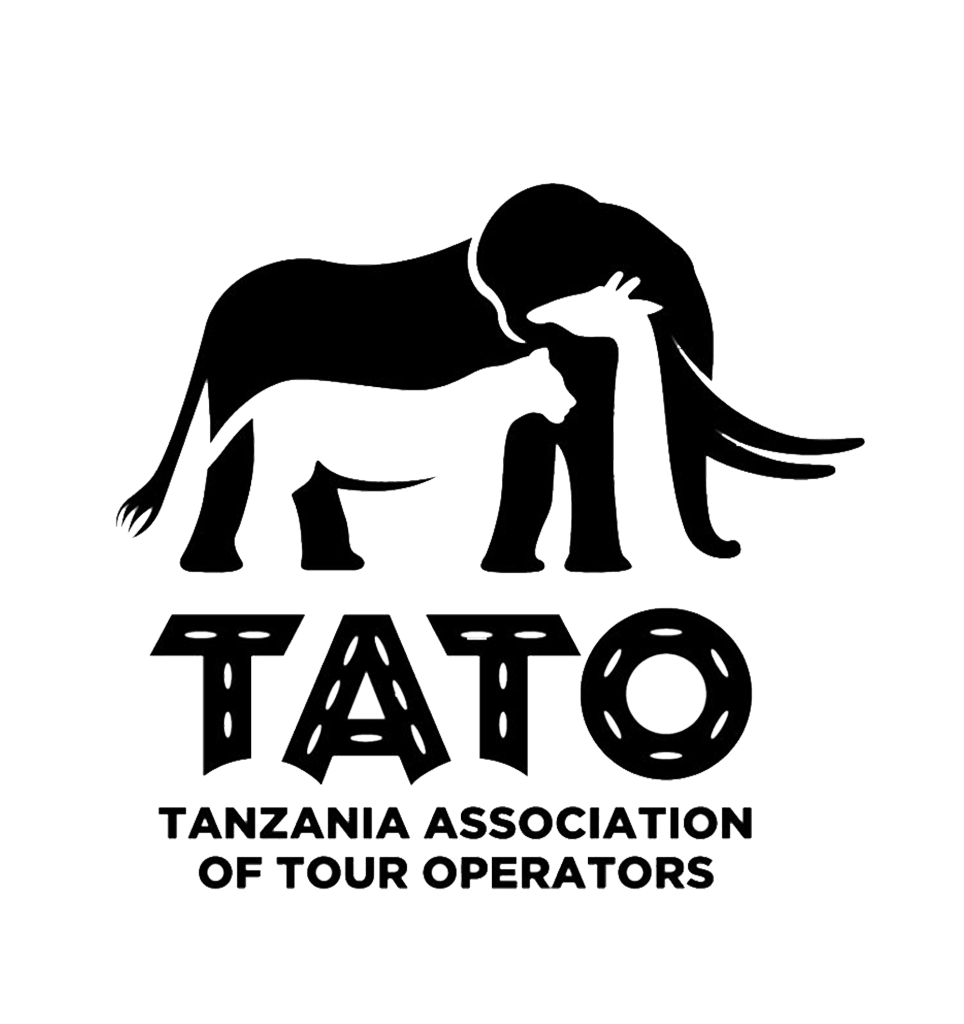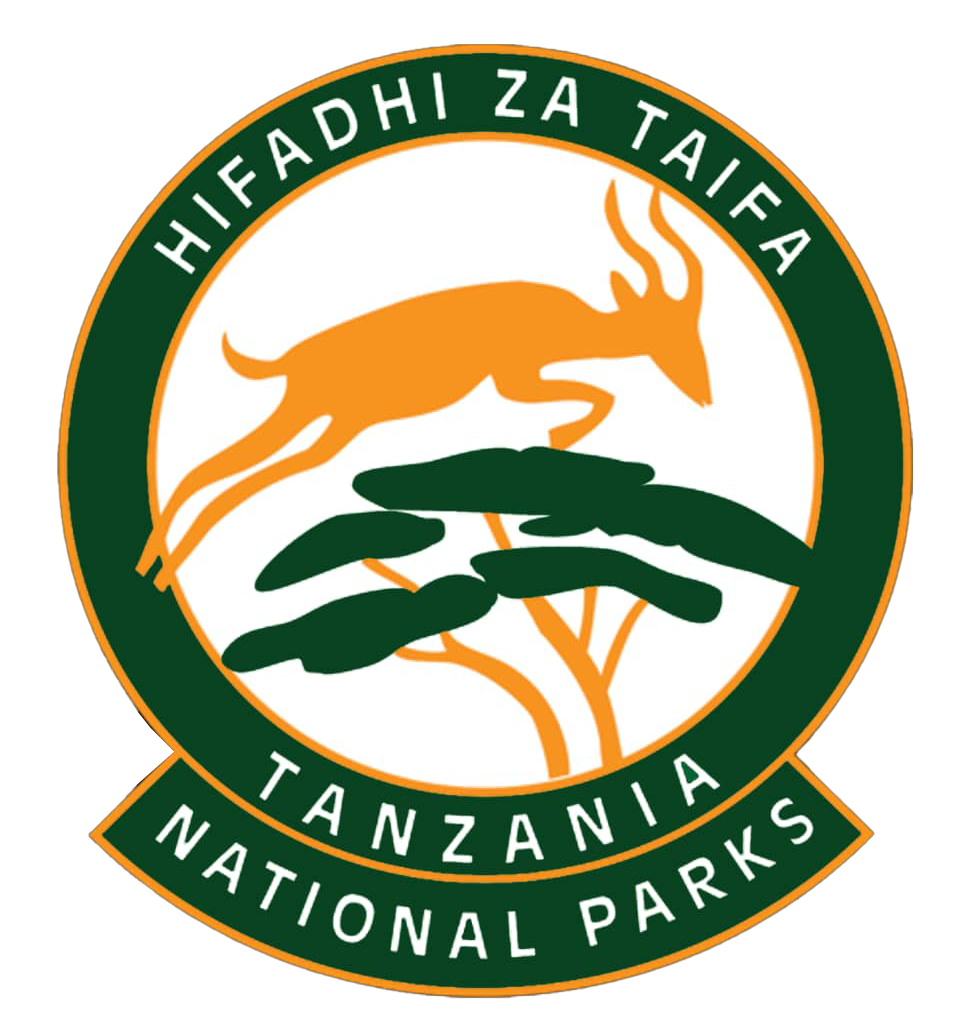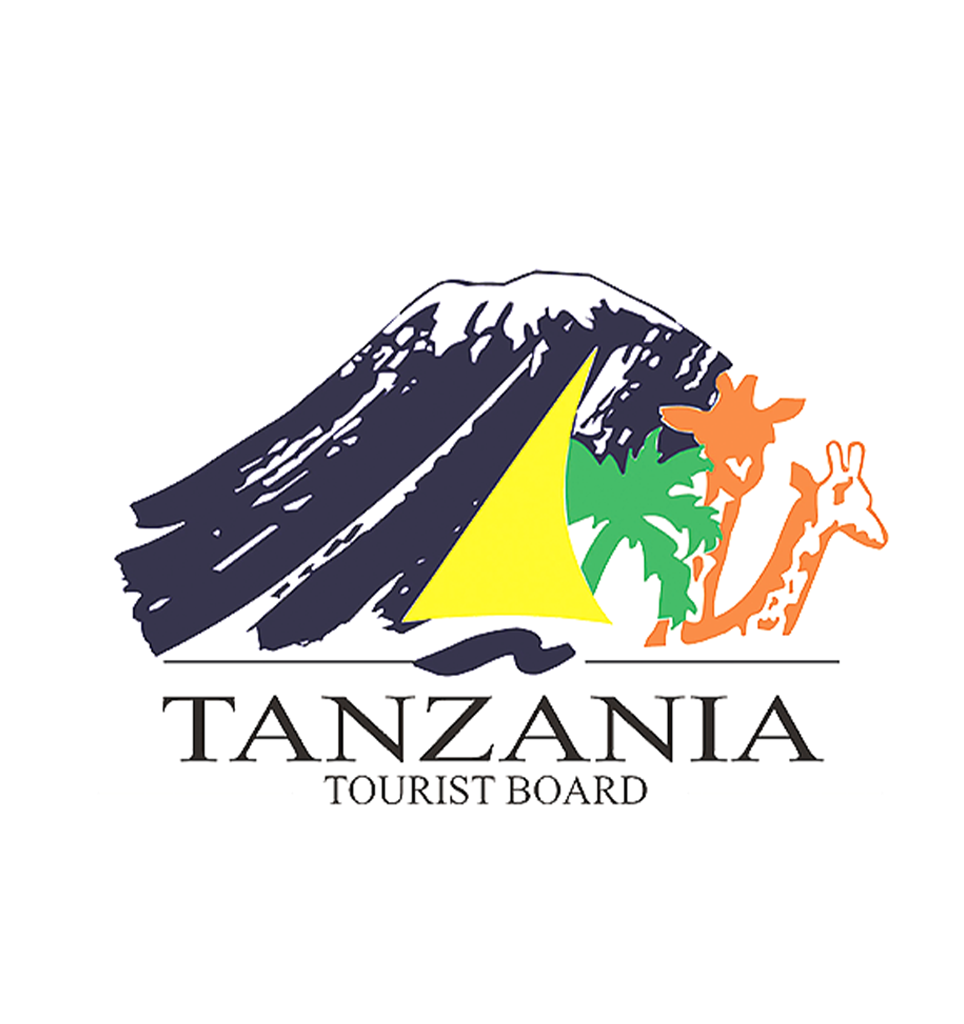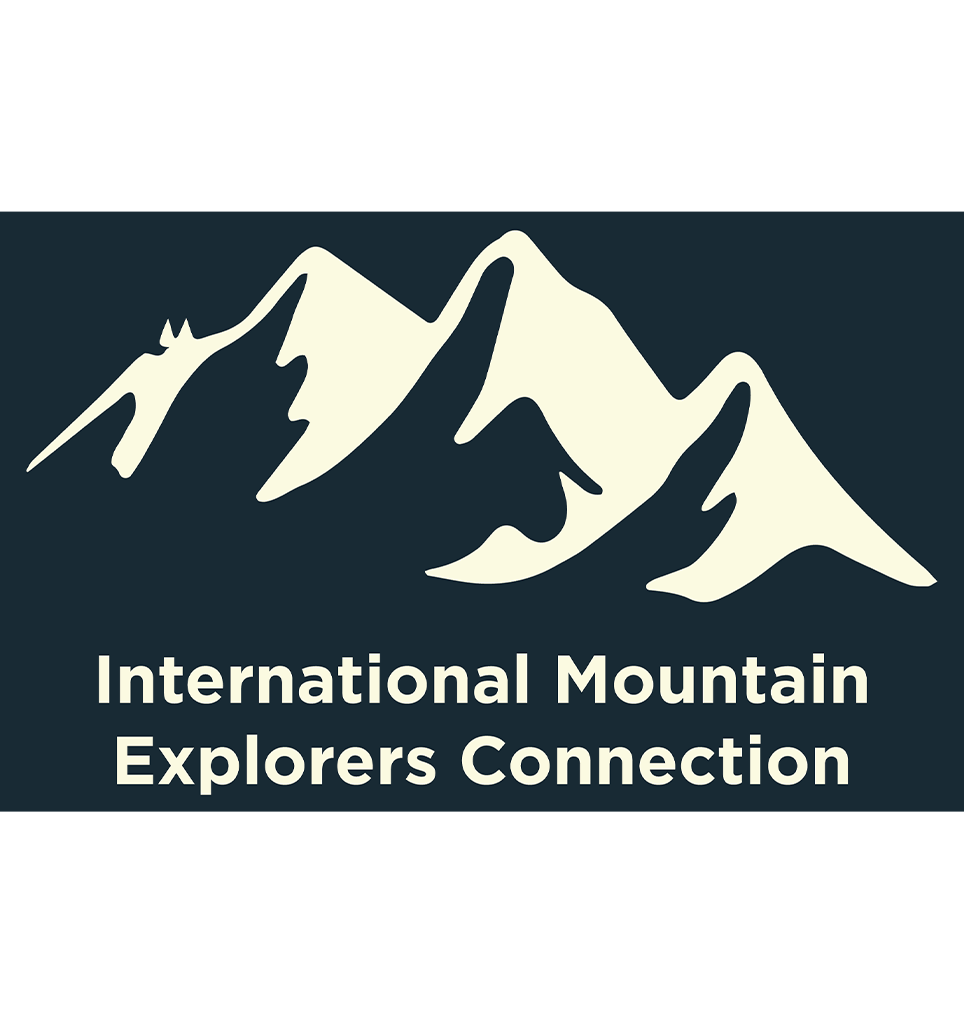Arrow Trekking and Safaris – Conquer Africa’s most iconic peaks with expertly crafted mountain adventures.
Climbing Kilimanjaro
Climb Kilimanjaro Overview
Mount Kilimanjaro, standing majestically at 5,895 meters (19,341 feet), is not only Africa’s highest peak but also the tallest free-standing mountain in the world. Located in northern Tanzania, near the Kenyan border, Mount Kilimanjaro is a global icon of adventure and natural wonder. This dormant volcano, part of Kilimanjaro National Park, a UNESCO World Heritage Site, draws thousands of travelers each year—many dreaming of climbing Kilimanjaro for the experience of a lifetime.
Often referred to as the "Roof of Africa," climbing Kilimanjaro is a journey through diverse landscapes, each with unique charm. Starting in lush rainforests filled with wildlife, trekkers ascend through heathlands, moorlands, and alpine deserts before reaching the icy summit. This dramatic ecological transition is one of the mountain’s most captivating features, offering a rare glimpse into biodiversity on a single trek.
One of the reasons climbing Kilimanjaro is so popular is its accessibility. Unlike other major peaks, it doesn’t require technical climbing skills. With the right preparation, determination, and support from expert guides, adventurers from all walks of life can reach Uhuru Peak, the mountain’s highest point. Whether you’re an experienced trekker or a first-time climber, climbing Mount Kilimanjaro remains an achievable and deeply rewarding challenge.
But this adventure isn’t just about the ascent. Climbing Kilimanjaro also offers an immersion into Tanzania’s rich culture. The mountain is deeply revered by the local Chagga people, who have lived on its slopes for generations. Many treks include cultural experiences like visiting villages, learning about traditional farming, or enjoying local cuisine, adding depth to your journey.
The best time for climbing Kilimanjaro is during the dry months—January to March and June to October—when the weather is more predictable and visibility is excellent. However, each season offers a unique view, from the green beauty of the rains to the crystal-clear panoramas of the dry season.
More than just a climb, climbing Kilimanjaro is a call for conservation. The mountain’s glaciers are retreating, and the surrounding ecosystems are under pressure, making sustainable trekking practices more important than ever. By choosing responsible tour operators, using eco-friendly gear, and supporting local communities, climbers play a vital role in protecting this iconic mountain for future generations.
Whether it’s the breathtaking views, the personal challenge, or the cultural richness, climbing Kilimanjaro offers more than just a summit—it’s a story of endurance, wonder, and discovery that will stay with you forever.
Climb Kilimanjaro Overview
Mount Kilimanjaro, standing majestically at 5,895 meters (19,341 feet), is not only Africa’s highest peak but also the tallest free-standing mountain in the world. Located in northern Tanzania, near the Kenyan border, Mount Kilimanjaro is a global icon of adventure and natural wonder. This dormant volcano, part of Kilimanjaro National Park, a UNESCO World Heritage Site, draws thousands of travelers each year—many dreaming of climbing Kilimanjaro for the experience of a lifetime.
Often referred to as the “Roof of Africa,” climbing Kilimanjaro is a journey through diverse landscapes, each with unique charm. Starting in lush rainforests filled with wildlife, trekkers ascend through heathlands, moorlands, and alpine deserts before reaching the icy summit. This dramatic ecological transition is one of the mountain’s most captivating features, offering a rare glimpse into biodiversity on a single trek.
One of the reasons climbing Kilimanjaro is so popular is its accessibility. Unlike other major peaks, it doesn’t require technical climbing skills. With the right preparation, determination, and support from expert guides, adventurers from all walks of life can reach Uhuru Peak, the mountain’s highest point. Whether you’re an experienced trekker or a first-time climber, climbing Mount Kilimanjaro remains an achievable and deeply rewarding challenge.
But this adventure isn’t just about the ascent. Climbing Kilimanjaro also offers an immersion into Tanzania’s rich culture. The mountain is deeply revered by the local Chagga people, who have lived on its slopes for generations. Many treks include cultural experiences like visiting villages, learning about traditional farming, or enjoying local cuisine, adding depth to your journey.
The best time for climbing Kilimanjaro is during the dry months—January to March and June to October—when the weather is more predictable and visibility is excellent. However, each season offers a unique view, from the green beauty of the rains to the crystal-clear panoramas of the dry season.
More than just a climb, climbing Kilimanjaro is a call for conservation. The mountain’s glaciers are retreating, and the surrounding ecosystems are under pressure, making sustainable trekking practices more important than ever. By choosing responsible tour operators, using eco-friendly gear, and supporting local communities, climbers play a vital role in protecting this iconic mountain for future generations.
Whether it’s the breathtaking views, the personal challenge, or the cultural richness, climbing Kilimanjaro offers more than just a summit—it’s a story of endurance, wonder, and discovery that will stay with you forever.
Best Climbing Kilimanjaro Packages
Why Climb Kilimanjaro With Us?
Climbing Kilimanjaro is a once-in-a-lifetime journey—and choosing the right team can make all the difference. At Arrow Trekking & Safaris, we specialize in delivering safe, personalized, and unforgettable Kilimanjaro experiences. Here’s why hundreds of adventurers trust us to guide them to the Roof of Africa:
Experienced Kilimanjaro Guides
Our certified and passionate guides have years of experience climbing Kilimanjaro. Their deep knowledge of the mountain, terrain, and weather patterns ensures your safety and comfort every step of the way. They are also trained in high-altitude first aid and committed to helping you acclimatize and reach the summit successfully.
Small Group Treks & Private Climbs
Whether you prefer the camaraderie of a small group or the exclusivity of a private expedition, we tailor your Mount Kilimanjaro climb to suit your needs. Every trek is designed to maximize your success while providing a personal, enriching experience.
High Summit Success Rate
Our carefully planned itineraries allow for gradual acclimatization, significantly increasing your chances of reaching Uhuru Peak. We recommend scenic and less crowded routes such as Lemosho, Machame, and the Northern Circuit—giving you the best opportunity to complete your climb of Kilimanjaro with confidence.
Quality Equipment & Support
We use well-maintained gear and provide strong, professional support teams—including porters, cooks, and guides—to ensure your Kilimanjaro trek is safe, comfortable, and enjoyable. Nutritious meals and clean water are standard on all treks.
Responsible & Ethical Trekking
We are proud members of KPAP (Kilimanjaro Porters Assistance Project), ensuring ethical treatment and fair wages for our crew. By climbing Kilimanjaro with us, you support sustainable tourism and local communities.
Best Kilimanjaro Routes
Climbing Kilimanjaro is a once-in-a-lifetime experience that attracts adventurers from all over the world. One of the unique features of this iconic mountain is the variety of routes available to reach the summit, each offering a distinct experience in terms of scenery, difficulty, and duration. Understanding these routes is essential for choosing the one that aligns with your fitness level, expectations, and goals. Below is an in-depth exploration of the most popular routes to the summit of Kilimanjaro.
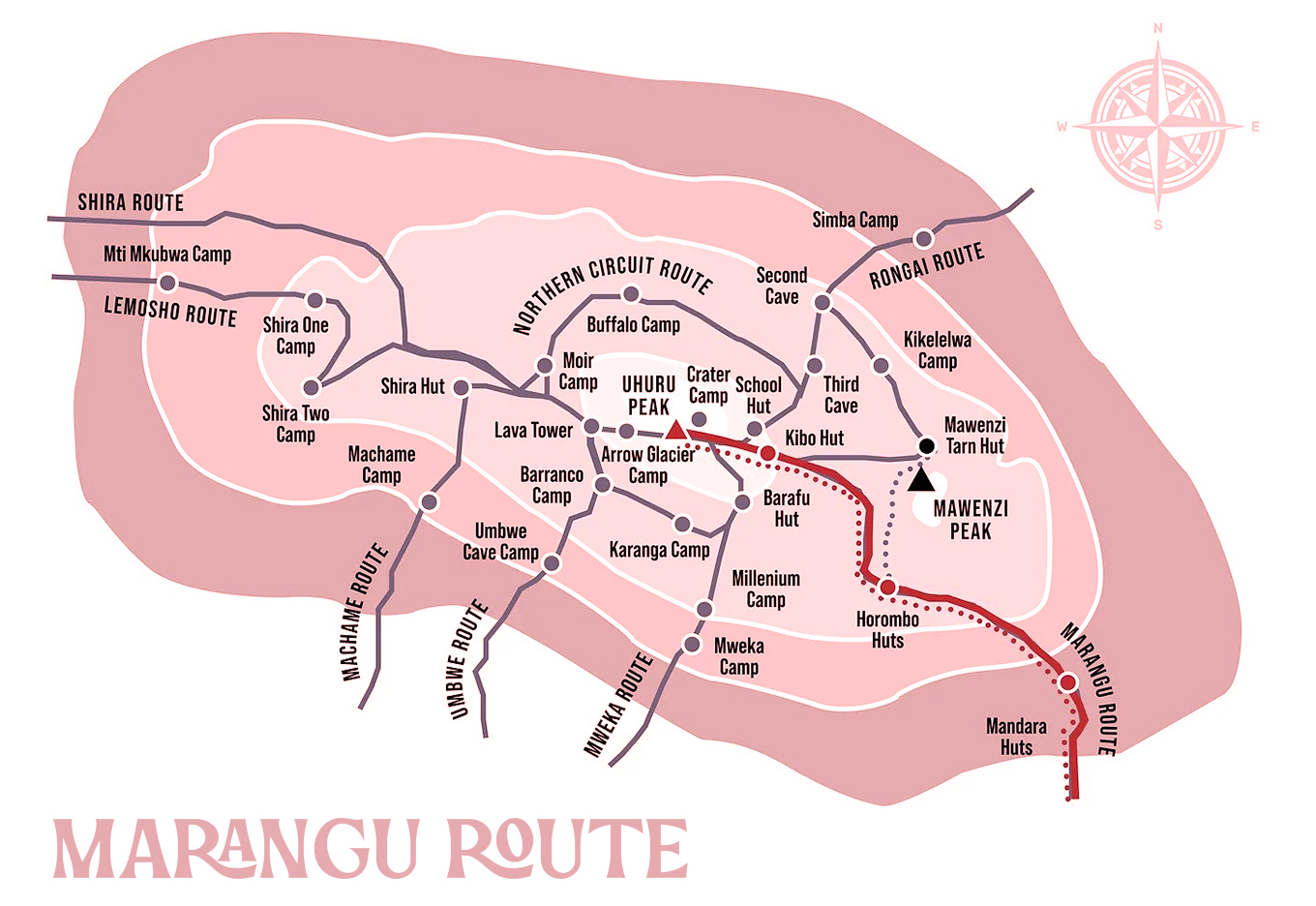
The Marangu Route is the oldest and most established route on Kilimanjaro, known for its nickname, the "Coca-Cola Route," due to its popularity and relatively straightforward nature.
- Length and Duration: This route typically takes 5 to 6 days, making it one of the shorter options.
- Features: Marangu is the only route that offers dormitory-style hut accommodations, providing a more sheltered and comfortable experience compared to camping.
- Scenery: While the views are beautiful, the route is more linear, meaning you ascend and descend along the same path. Highlights include the Mandara Huts in the rainforest and the Horombo Huts in the moorland zone.
- Difficulty: Though considered easier due to its gradual ascent, it has a lower success rate as the short duration offers limited time for acclimatization.
- Best For: Trekkers seeking a less rugged experience with basic facilities and a shorter timeframe.
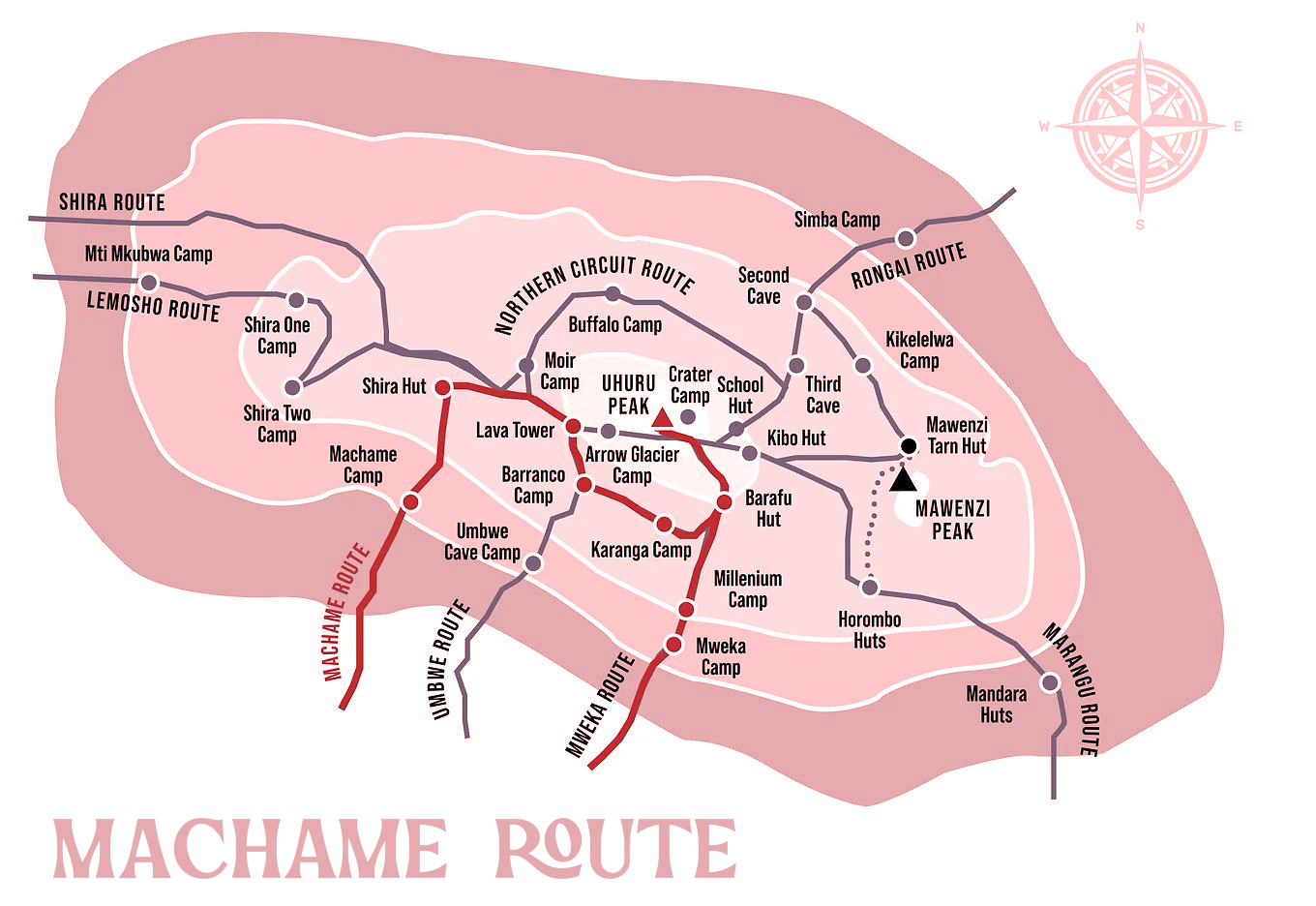
The Machame Route, known as the "Whiskey Route," is renowned for its scenic beauty and challenging terrain.
- Length and Duration: Typically, this route takes 6 to 7 days, offering a better chance of acclimatization.
- Features: The Machame Route follows a "climb high, sleep low" approach, which improves acclimatization and increases the summit success rate.
- Scenery: The route is incredibly scenic, taking climbers through dense rainforests, stunning moorlands, and breathtaking ridges. The views from Shira Plateau and Barranco Wall are unforgettable highlights.
- Difficulty: Moderate to challenging due to its steeper paths and longer trekking distances.
- Best For: Trekkers with a moderate level of fitness seeking a rewarding and scenic adventure.
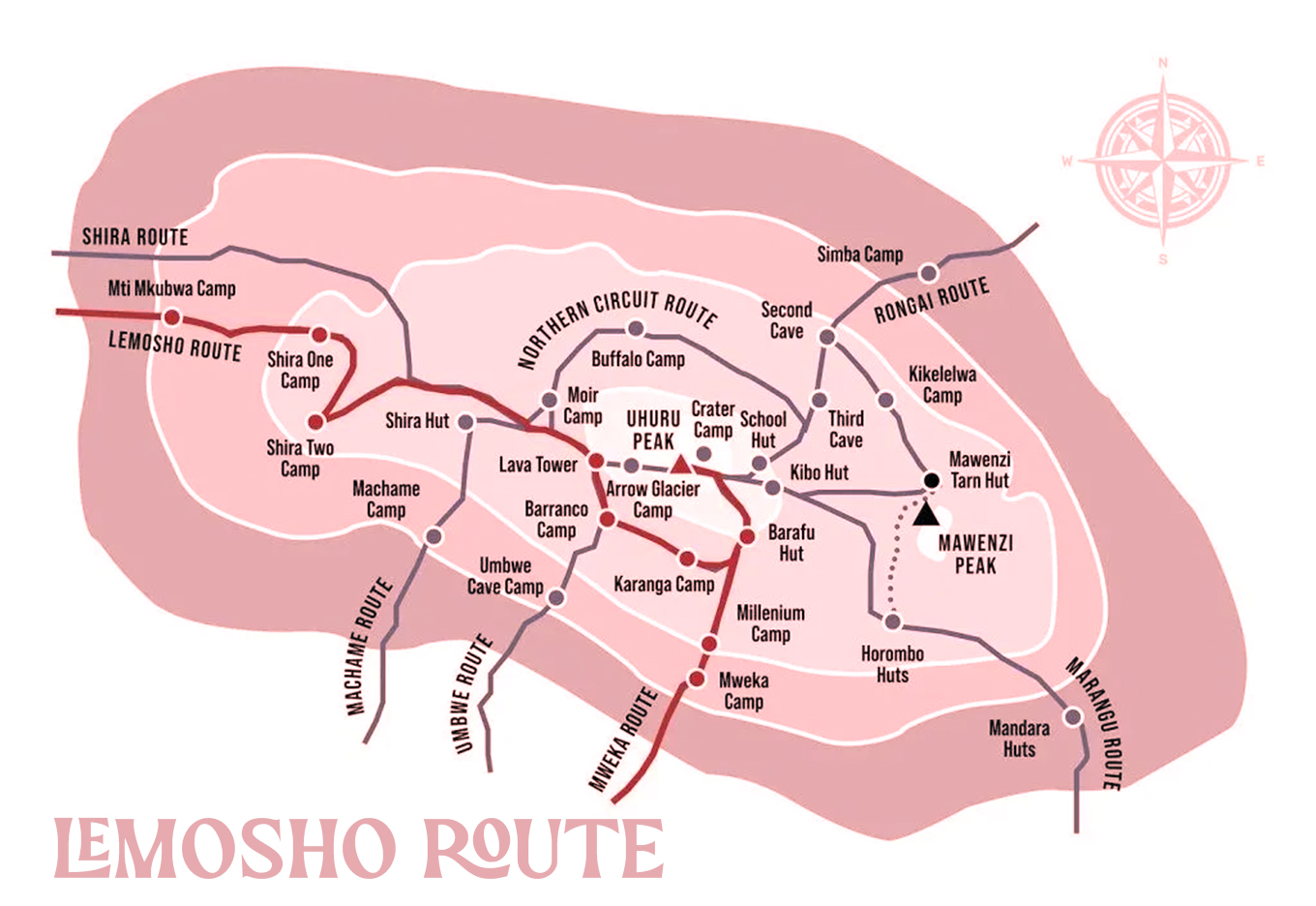
The Lemosho Route is considered one of the most beautiful and least crowded routes on Kilimanjaro, offering a well-rounded trekking experience.
- Length and Duration: This route typically takes 7 to 8 days, providing ample time for acclimatization.
- Features: Lemosho offers diverse landscapes and fewer crowds, especially in the earlier stages of the trek. It merges with the Machame Route at the Shira Plateau.
- Scenery: The route passes through untouched rainforests, expansive heathlands, and offers incredible panoramic views of Kibo and Mount Meru.
- Difficulty: Moderate to difficult, with a well-paced itinerary that reduces the risk of altitude sickness.
- Best For: Those who prioritize scenery, solitude, and a higher chance of success.
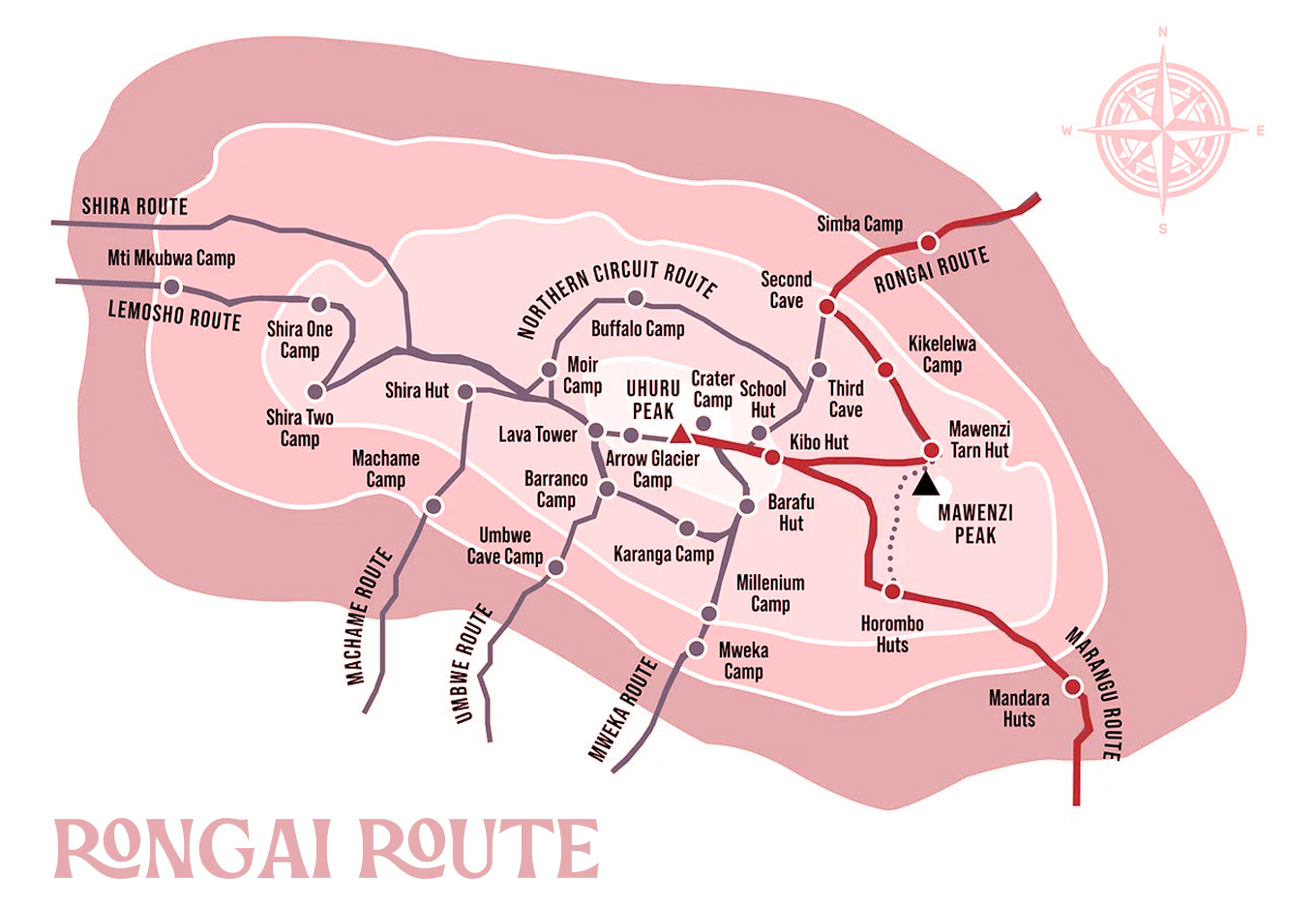
The Rongai Route approaches Kilimanjaro from the north, near the Kenyan border, and is known for its remote and less-trafficked paths.
- Length and Duration: It takes about 6 to 7 days to complete this route.
- Features: The Rongai Route offers a unique perspective of the mountain and is drier than other routes, making it a good choice during the rainy season.
- Scenery: While less diverse than other routes, it offers beautiful views of the Kenyan savannah and a quieter trekking experience.
- Difficulty: The route is relatively moderate but has a steady incline, making it accessible for beginners.
- Best For: Trekkers seeking a quiet, less crowded route with moderate difficulty.
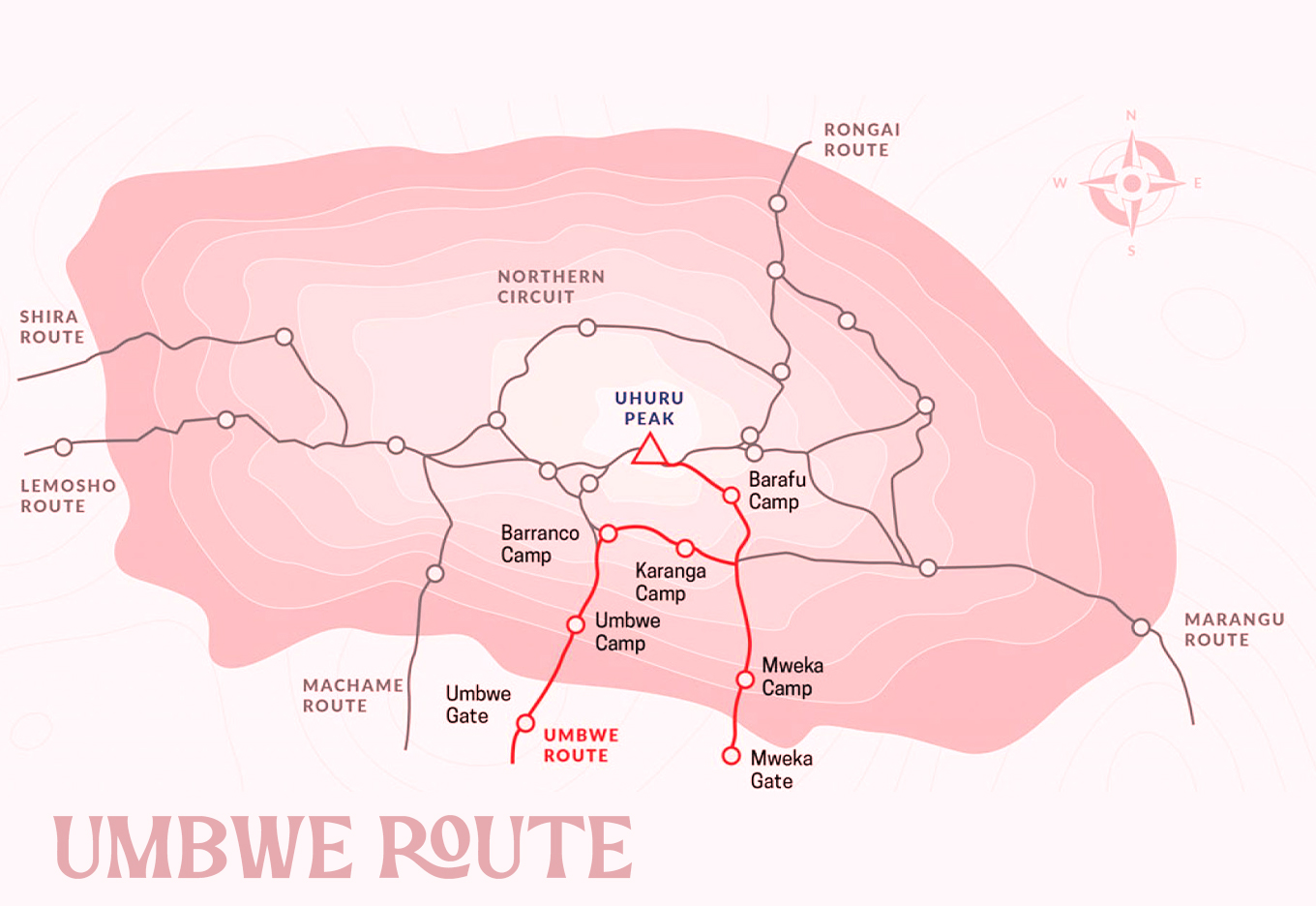
The Umbwe Route is the steepest and most direct route to Kilimanjaro’s summit, designed for experienced climbers.
- Length and Duration: It typically takes 5 to 6 days.
- Features: The route is known for its challenging ascent and limited acclimatization opportunities.
- Scenery: Despite its difficulty, the route offers dramatic views of the Southern Icefields and the Barranco Valley.
- Difficulty: Very challenging and not recommended for beginners due to its steep gradients.
- Best For: Experienced trekkers looking for a physically demanding and less-traveled path.
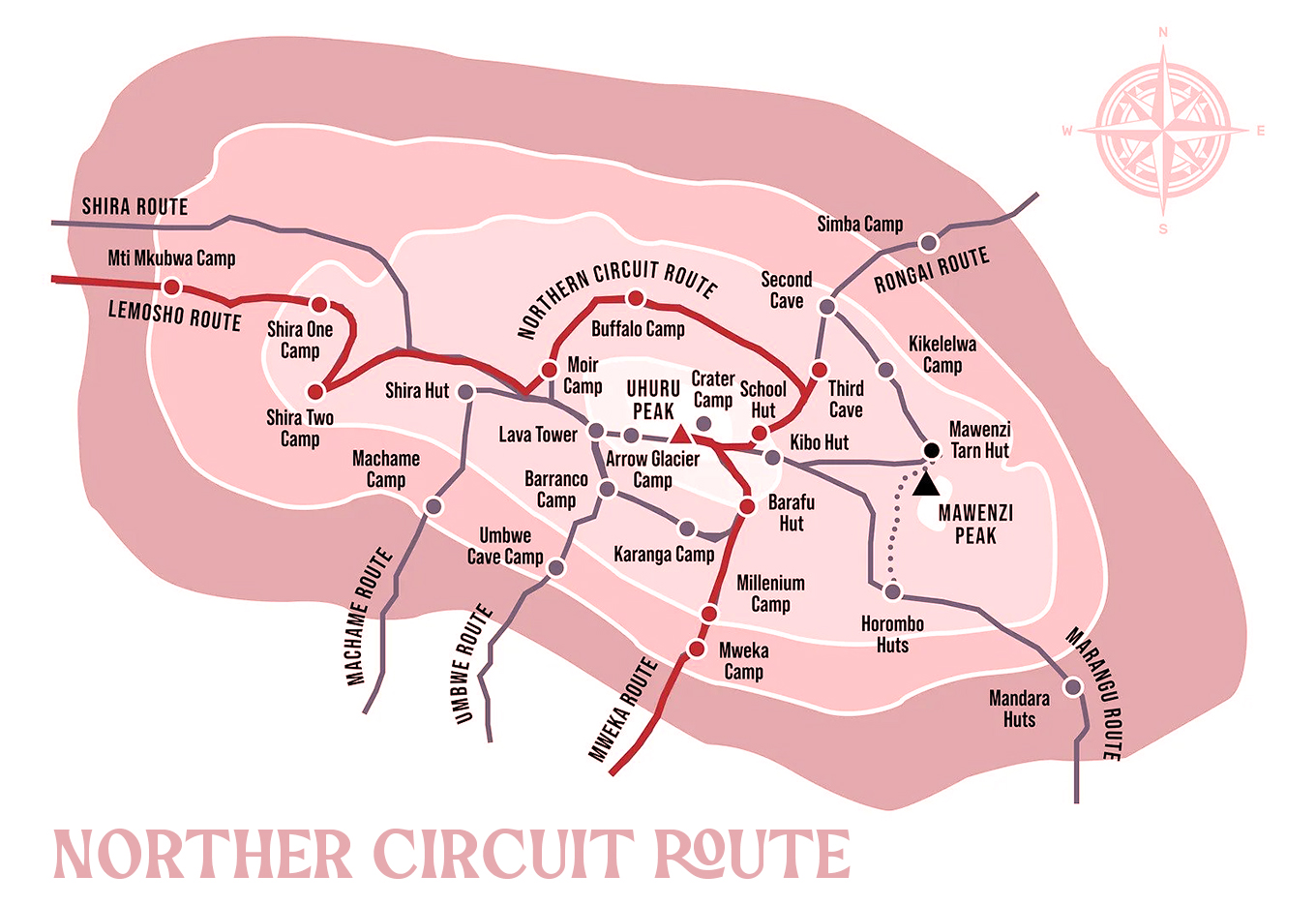
The Northern Circuit is the newest and longest route to Kilimanjaro’s summit, offering an unparalleled wilderness experience.
- Length and Duration: It takes 9 to 10 days, the longest of all routes.
- Features: The route circles the northern slopes of Kilimanjaro, providing plenty of time for acclimatization and stunning views of the mountain’s rarely seen side.
- Scenery: This route offers dramatic views of Kenya’s plains, remote landscapes, and diverse ecological zones.
- Difficulty: Moderate due to its length, but the gradual ascent ensures a high success rate.
- Best For: Adventurers seeking a unique, extended, and less-crowded experience with the highest chances of reaching the summit.
The Marangu Route is the oldest and most established route on Kilimanjaro, known for its nickname, the “Coca-Cola Route,” due to its popularity and relatively straightforward nature.
- Length and Duration: This route typically takes 5 to 6 days, making it one of the shorter options.
- Features: Marangu is the only route that offers dormitory-style hut accommodations, providing a more sheltered and comfortable experience compared to camping.
- Scenery: While the views are beautiful, the route is more linear, meaning you ascend and descend along the same path. Highlights include the Mandara Huts in the rainforest and the Horombo Huts in the moorland zone.
- Difficulty: Though considered easier due to its gradual ascent, it has a lower success rate as the short duration offers limited time for acclimatization.
- Best For: Trekkers seeking a less rugged experience with basic facilities and a shorter timeframe.

The Lemosho Route is considered one of the most beautiful and least crowded routes on Kilimanjaro, offering a well-rounded trekking experience.
- Length and Duration: This route typically takes 7 to 8 days, providing ample time for acclimatization.
- Features: Lemosho offers diverse landscapes and fewer crowds, especially in the earlier stages of the trek. It merges with the Machame Route at the Shira Plateau.
- Scenery: The route passes through untouched rainforests, expansive heathlands, and offers incredible panoramic views of Kibo and Mount Meru.
- Difficulty: Moderate to difficult, with a well-paced itinerary that reduces the risk of altitude sickness.
- Best For: Those who prioritize scenery, solitude, and a higher chance of success.

The Machame Route, known as the “Whiskey Route,” is renowned for its scenic beauty and challenging terrain.
- Length and Duration: Typically, this route takes 6 to 7 days, offering a better chance of acclimatization.
- Features: The Machame Route follows a “climb high, sleep low” approach, which improves acclimatization and increases the summit success rate.
- Scenery: The route is incredibly scenic, taking climbers through dense rainforests, stunning moorlands, and breathtaking ridges. The views from Shira Plateau and Barranco Wall are unforgettable highlights.
- Difficulty: Moderate to challenging due to its steeper paths and longer trekking distances.
- Best For: Trekkers with a moderate level of fitness seeking a rewarding and scenic adventure.

The Rongai Route approaches Kilimanjaro from the north, near the Kenyan border, and is known for its remote and less-trafficked paths.
- Length and Duration: It takes about 6 to 7 days to complete this route.
- Features: The Rongai Route offers a unique perspective of the mountain and is drier than other routes, making it a good choice during the rainy season.
- Scenery: While less diverse than other routes, it offers beautiful views of the Kenyan savannah and a quieter trekking experience.
- Difficulty: The route is relatively moderate but has a steady incline, making it accessible for beginners.
- Best For: Trekkers seeking a quiet, less crowded route with moderate difficulty.

The Umbwe Route is the steepest and most direct route to Kilimanjaro’s summit, designed for experienced climbers.
- Length and Duration: It typically takes 5 to 6 days.
- Features: The route is known for its challenging ascent and limited acclimatization opportunities.
- Scenery: Despite its difficulty, the route offers dramatic views of the Southern Icefields and the Barranco Valley.
- Difficulty: Very challenging and not recommended for beginners due to its steep gradients.
- Best For: Experienced trekkers looking for a physically demanding and less-traveled path.

The Northern Circuit is the newest and longest route to Kilimanjaro’s summit, offering an unparalleled wilderness experience.
- Length and Duration: It takes 9 to 10 days, the longest of all routes.
- Features: The route circles the northern slopes of Kilimanjaro, providing plenty of time for acclimatization and stunning views of the mountain’s rarely seen side.
- Scenery: This route offers dramatic views of Kenya’s plains, remote landscapes, and diverse ecological zones.
- Difficulty: Moderate due to its length, but the gradual ascent ensures a high success rate.
- Best For: Adventurers seeking a unique, extended, and less-crowded experience with the highest chances of reaching the summit.

Best Time to Climbing Kilimanjaro
Short Dry Season:
Another ideal window is between January and February, during the short dry season. The weather is slightly warmer compared to the June-October period, with occasional cloud cover. It’s a less crowded time, offering trekkers a more peaceful experience while still enjoying favorable conditions.
Dry Season: June to October
The dry season, running from late June to October, is considered the best time to climb Kilimanjaro. During this period, the weather is generally stable, with clear skies, warm temperatures during the day, and cooler nights. These conditions make the trek more enjoyable and safer, with fewer chances of slippery trails caused by rain. It’s also a fantastic time for breathtaking views of the surrounding landscapes. However, this period coincides with the peak tourism season, which means the routes can be busier.
Rainy Seasons:
March to May and November are the long and short rainy seasons, respectively. Climbing during these times is less popular due to challenging conditions, including muddy trails, reduced visibility, and colder temperatures at higher altitudes. However, for seasoned trekkers seeking solitude and a unique experience, the rainy seasons might appeal. The scenery is lush and green, offering a stark contrast to the dry season’s landscapes.
Dry Season: June to October
The dry season, running from late June to October, is considered the best time to climbing Kilimanjaro. During this period, the weather is generally stable, with clear skies, warm temperatures during the day, and cooler nights. These conditions make the trek more enjoyable and safer, with fewer chances of slippery trails caused by rain. It’s also a fantastic time for breathtaking views of the surrounding landscapes. However, this period coincides with the peak tourism season, which means the routes can be busier.
Short Dry Season:
Another ideal window is between January and February, during the short dry season. The weather is slightly warmer compared to the June-October period, with occasional cloud cover. It’s a less crowded time, offering trekkers a more peaceful experience while still enjoying favorable conditions.
Rainy Seasons:
March to May and November are the long and short rainy seasons, respectively. Climbing Kilimanjaro during these times is less popular due to challenging conditions, including muddy trails, reduced visibility, and colder temperatures at higher altitudes. However, for seasoned trekkers seeking solitude and a unique experience, the rainy seasons might appeal. The scenery is lush and green, offering a stark contrast to the dry season’s landscapes.

Preparing for Climbing Kilimanjaro: What You Need to Know
Climbing Kilimanjaro is a life-changing adventure, but it demands preparation in several key areas to ensure a safe and successful summit. Here’s how to get ready for the challenge:
Physical Fitness for Climbing Kilimanjaro
Being in good physical shape is essential when climbing Kilimanjaro. The trek involves multiple days of walking, often at high altitudes, which can be physically demanding. Begin training a few months in advance with a focus on cardio workouts, strength training, and long hikes. Practicing with a loaded backpack will also help simulate real trekking conditions and build stamina.
Altitude Acclimatization
Altitude sickness is one of the biggest hurdles when climbing Mount Kilimanjaro. To reduce risk, try acclimatization hikes on smaller peaks or spend time at high elevations before your trip. Choosing longer routes like the Lemosho or Northern Circuit increases your chances of success by allowing your body to adjust gradually to the altitude.
Essential Gear for Climbing Kilimanjaro
Having the right gear can make or break your experience. Invest in quality equipment like durable hiking boots, thermal base layers, a waterproof jacket, gloves, and a warm sleeping bag. A reliable daypack and trekking poles are also important. Make sure to break in your boots and test all gear before heading out on your Kilimanjaro climb.
Nutrition and Hydration
Fueling your body is key to success on the mountain. In the weeks leading up to your climb, maintain a balanced diet to build energy. While climbing Kilimanjaro, eat regularly and drink at least 3–4 liters of water per day to stay hydrated and maintain strength throughout the trek.
Mental Preparation
Mental toughness is just as important as physical readiness when climbing Kilimanjaro. Weather conditions, long hiking hours, and high altitudes can be mentally challenging. Prepare by setting realistic expectations, staying positive, and focusing on the journey rather than just the summit. A strong mindset can make all the difference.
Gallery






















FAQs
Yes, most international visitors require a visa to enter Tanzania. Tourist visas can be obtained online, at Tanzanian embassies, or upon arrival at the airport. It’s advisable to check specific visa requirements based on your nationality before traveling.
Visitors are typically advised to get vaccinations for yellow fever (if traveling from a yellow fever-endemic country), typhoid, hepatitis A and B, and tetanus. Malaria prophylaxis is also recommended, as Tanzania is a malaria-endemic area. Consult your doctor for personalized advice.
The official currency is the Tanzanian Shilling (TZS), but US dollars are widely accepted, especially in hotels, lodges, and for safari bookings. It’s advisable to carry smaller denominations and exchange money at authorized bureaus or banks.
Yes, Mount Kilimanjaro can be climbed without technical climbing experience. However, it requires a good level of physical fitness, determination, and preparation. Guided treks with professional tour operators are essential for safety and success.
Swahili is the official language of Tanzania, and English is widely spoken, especially in tourist areas. Learning a few Swahili phrases is appreciated and can enhance your cultural experience (greeting people with “Jambo” (hello) )
Climbing Kilimanjaro is safe with the right preparation and a reputable tour operator. Guides monitor climbers' health, and the crew ensures safety throughout the trek.
You’ll need a valid passport, a Tanzanian visa, and permits provided by your tour operator to access Kilimanjaro National Park.
The minimum age for climbing Kilimanjaro is 10 years old. There is no maximum age, but climbers should be in good health and consult a doctor before attempting the climb.
